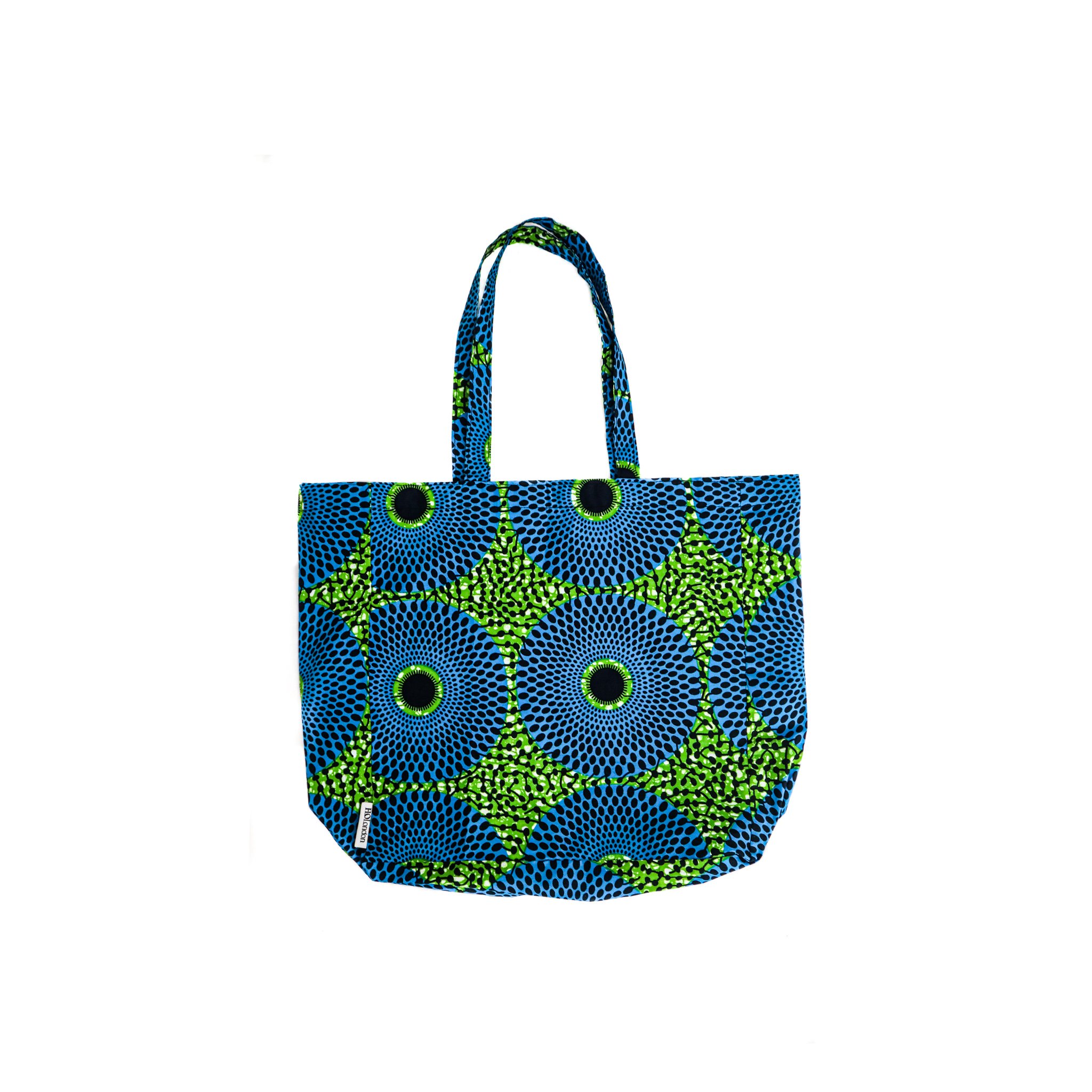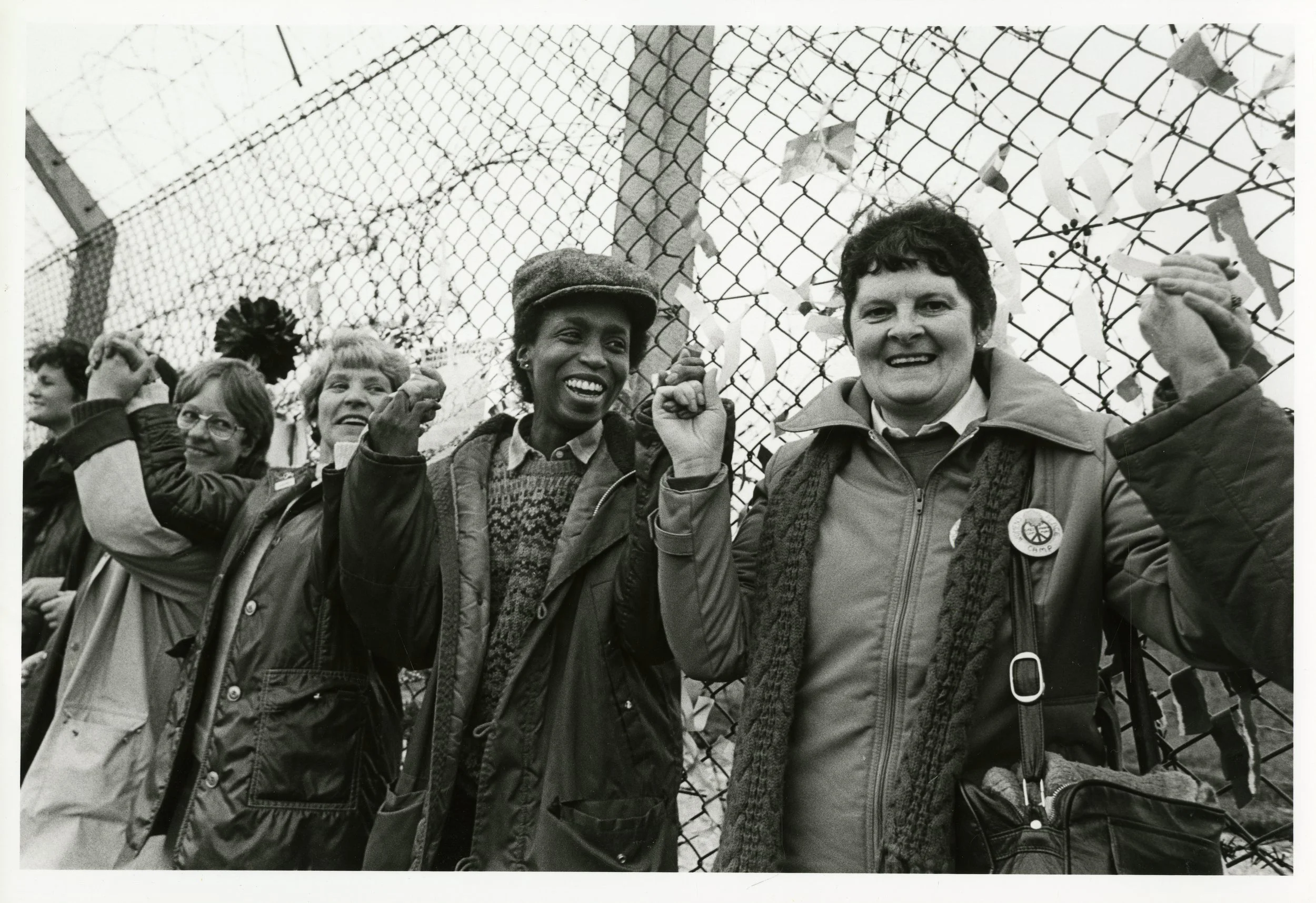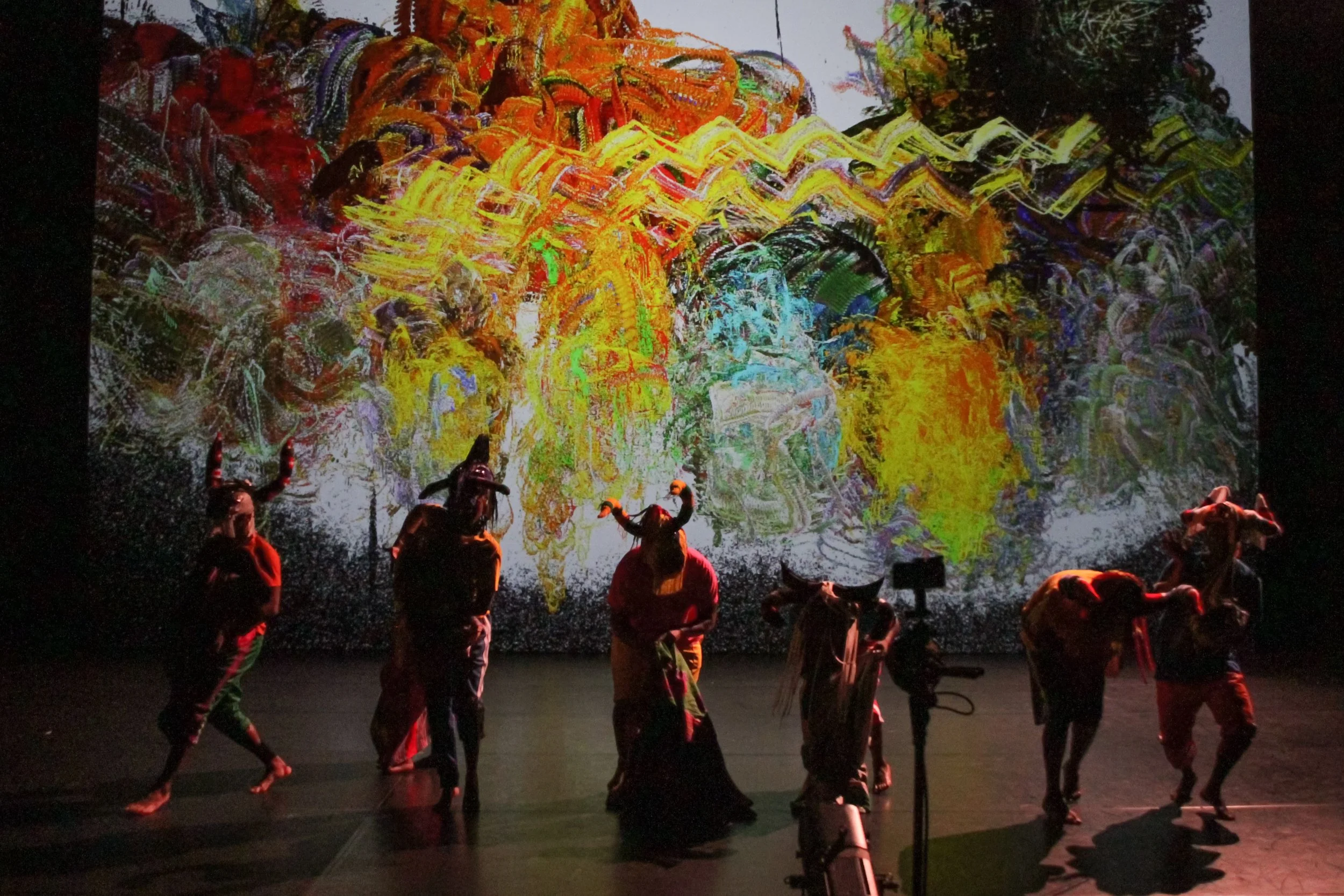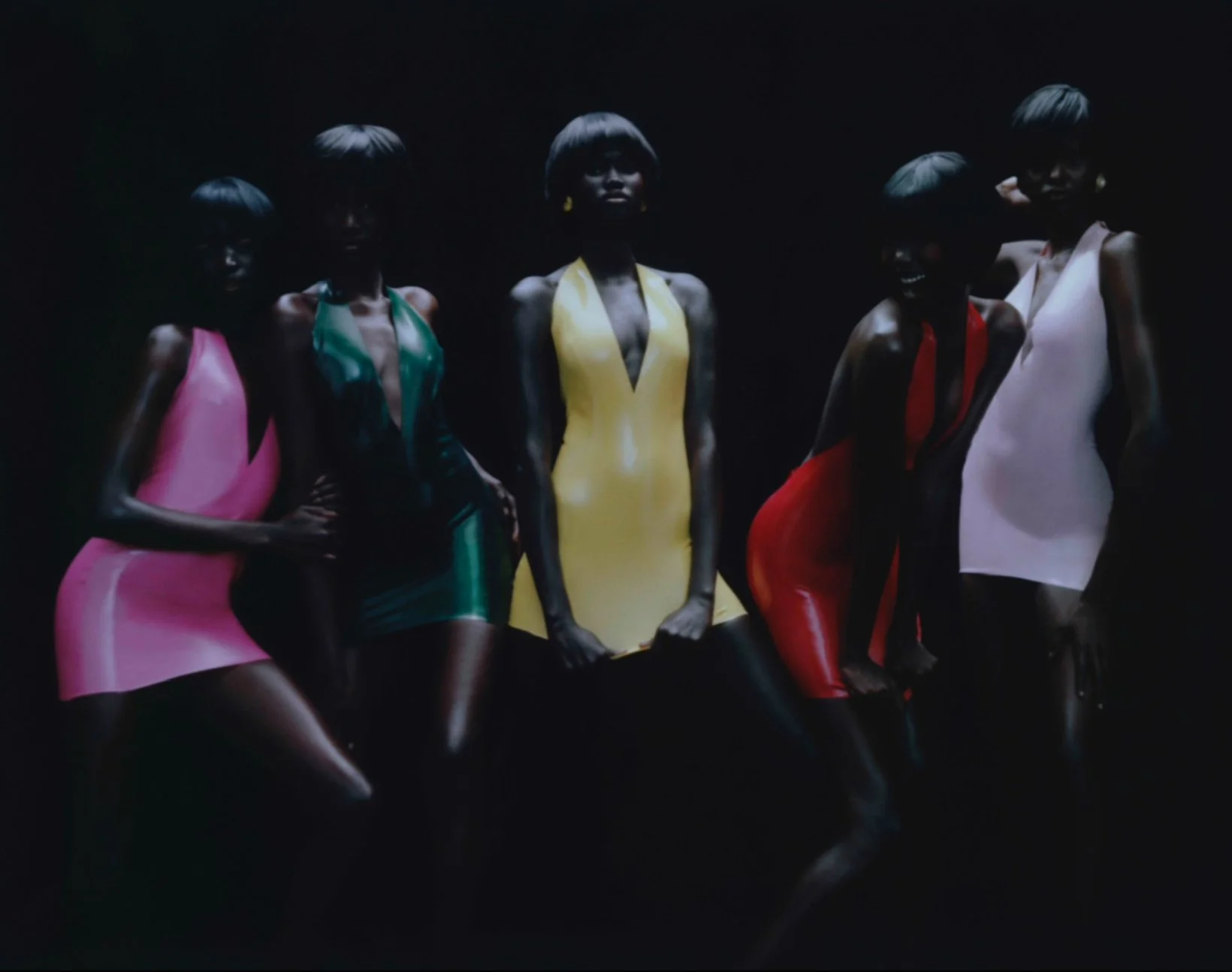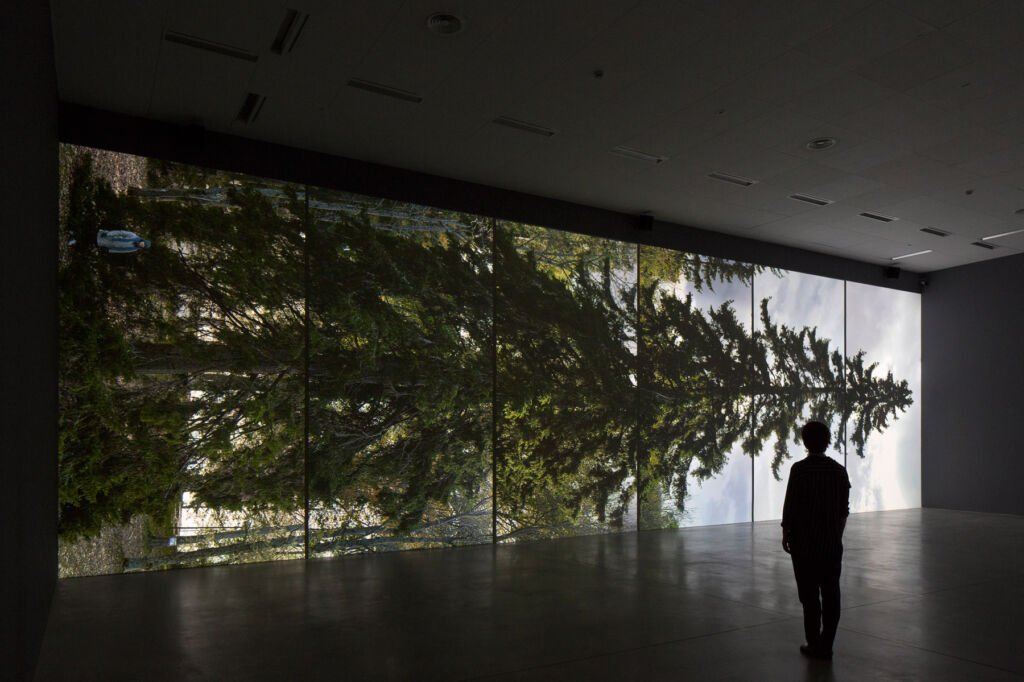In conversation with Darren Appiagyei
“‘What grows in the dark, comes to light’ is an opportunity to honour my mum and to speak about an issue which is beyond my practice.”
- Darren Appiagyei
Darren Appiagyei. Image credit Jenny Catlow.
Presented annually by the UK’s Crafts Council, Collect returns for its 21st edition as the leading art fair for collectable contemporary craft and design, taking place at London’s landmark destination Somerset House from 28 February to 2 March 2025 (previews on 26 and 27 February).
Recognised as an unmissable event at the forefront of the contemporary craft movement, Collect 2025 will bring together an expertly curated line-up of 40 specialist galleries from across the globe, featuring over 400 living artists selected by a specialist advisory panel – hailing from over 30 countries including South Korea, Japan, Ukraine, South Africa, Greece, Canada, the UK and many more.
Alongside the galleries, Collect Open, the fair’s platform for experimental proposals and installations by individual artists and collectives, will present ten exciting new projects by artists hailing from Austria, The Netherlands, China, Ireland, and across the UK selected by a dedicated expert advisory panel and are invited to produce work that challenges material, social, political or personal perceptions. We interviewed Darren Appiagyei for our ‘In Conversation series’ to learn more about his practice and upcoming exciting pieces he’ll showcase at Collect!
Darren Appiagyei is a London-based woodturner whose work embraces the intrinsic beauty of wood, from its knots and cracks to its bark and grain. Passionate about discovering and exploring new woods, Darren draws strong inspiration from Ghanaian wood carving, particularly the rawness and texture it embodies. Darren has received several prestigious awards, including the Cockpit Arts/Turners Award in 2017, which provided him with a studio space where he continues to work. In 2019, he was selected for the Craft Council Hothouse Programme, and in 2021, he won an award for the Cove Park residency program. His first solo show was held at the Garden Museum in 2022.
For Collect Open 2025, Darren will present What Grows in the Dark Comes to Light, a series of 10 vessels inspired by the loss of his mother to fibroids. This collection reflects the age when he first became aware of her condition, exploring texture, clusters, and growth through gradual increases in size.
Your practice is rooted in celebrating the natural beauty of wood and its imperfections. What first drew you to working with wood, and when did you realise this would become your artistic path?
My journey into working with wood wasn’t a straightforward one; it was more so a journey into the unknown. I was studying 3D design at Camberwell College of the Arts UAL, and in my second year, we had a unit where we had to learn a new skill. The goal, in my mind, was to complete my work as quickly as possible in order to pursue my first passion at the time, which was table tennis. I found, while observing the workshop, that the lathe wasn’t used often, and I decided to go on a journey of discovery. I urged myself to be open, to fail, and to grow. A lathe is a machine tool that rotates a workpiece about an axis of rotation to perform various operations such as cutting, sanding, knurling, and drilling. It’s mainly used to create bowls, vases, and vessels.
On my first attempt using the lathe, I found it quite therapeutic. My work was terrible; however, I understood I was on a journey of discovery. After the unit was completed, I continued to develop my carving skills on the lathe. Once I graduated from university, I won the Worshipful Company of Turners’ Award at Cockpit Studios in 2017, where I was awarded a studio free of rent for a year and machinery, which enabled me to hone my skills and take part in exhibitions such as New Designers one year in.
In Growth, you mention focusing on concepts rather than traditional techniques, pushing the material in new ways. Could you share how this experimentation has challenged or evolved your creative process?
What grows in the dark, comes to light is a project where I have had to dig deep, exploring techniques which I haven’t previously explored. Fibroids are non-cancerous growths that grow on the wall of the uterus and are a woman’s issue. When researching fibroids and seeing images of them, which were quite vivid and gruesome, I found they were full of textures and clusters.
The project required me to adapt my making process. Previously, I would carve into wood using chisels and gouges on a lathe, then finally sand and put a finish on the vessels created. For this project, I would still use a lathe to carve and hollow the wooden vessels; however, the stages were more complex, using a Dremel and Arbortech tools to create textures and clusters. I would then use a pyrography machine where I would burn dot by dot on the vessels to showcase the transition of tone in the wood.
This project has been the most labour-intensive I have done and has required me to change my making ideology, which is all about embracing the intrinsic beauty of the wood. What grows in the dark, comes to light is an opportunity to honour my mum and to speak about an issue which is beyond my practice. My mother had fibroids from the age of 10, and I created 10 vessels exploring fibroids. When creating the vessels, it wasn’t just about making; it was a journey of reflection on the unknown and contemplating the impact fibroids had on my mum. I am not a scientist; I am more interpreting the physical effects fibroids had on my mother. The project was an opportunity to transition from making to having a concept that directs my practice. I believe the role of an artist is to communicate and explore themes, and this project is a great opportunity to transition from a maker to a concept artist, which I would like to explore.
Your practice celebrates the intrinsic beauty of wood, embracing its imperfections like knots and cracks. How did you choose the specific woods for What grows in the dark, comes to light and how do they help convey the story?
There are still elements of embracing the intrinsic beauty of the wood, be it a knot or bark, in the vessels created. Sustainably sourcing wood will always be a foundation of my practice, and for this project, I set out to source wood/timber that had naturally fallen in the borough of Greenwich, where my mum resided for almost 40 years.
Darren Appiagyei. Image credit Brian Boden.
Ghanaian wood carving and its raw exploration of texture play a significant role in your inspiration. How do these cultural influences manifest in What grows in the dark, comes to light and how do they intersect with the deeply personal themes of the project
With Ghanaian wood carving, concept is the foundation of a sculptural piece. A prime example of this is the Ashanti stool, which is a symbol of status, power, and social rank among the people of Ashanti. My project has a strong concept, and I looked into how Ghanaian carvers/artists communicate concepts along with crafting beautifully made wooden sculptures. The link between Ghanaian wood carving and my work is the spiritual element. When I see Ghanaian wooden carvings, I see my mum, I see myself, my identity.
What do you hope audiences will take away from experiencing Growth? Are there specific emotions or reflections you want to evoke, especially given its focus on resilience and transformation?
I hope when the viewer sees my work, they think of my mum, they think of fibroids, and they enquire to understand the illness. The project is more than just showcasing work; it’s an opportunity to communicate, to create discussion, and to inform and educate about the impact fibroids can have on a woman’s life. I want the audience to be shocked and mesmerised by the sculptural pieces showcased. The images of fibroids are quite gruesome, and I aim to have the same impact.
Growth has been described as career-defining, representing a departure from your previous work. How has this project shaped your vision for the future of your practice, including plans for larger-scale works or new collaborations?
The project is the start of a transition where I reveal aspects of my personal life in my work. For a long time, subconsciously, my life and my practice have had strong links; however, I never acknowledged it or communicated these links to a wider audience. This project has been a challenge in terms of scaling up and maintaining the level of quality and detail my work usually has. I will continue to explore scaling up in my future projects.
Regarding collaborations in future projects, it’s something I am open to, especially after this project, where I have realised I can’t do everything on my own. Collaborations are very important in order to build relationships, develop new making methods, and ultimately learn.
Exhibiting at Collect Open 2025 within Somerset House, a historic and influential cultural venue, is a significant milestone. What does this opportunity mean to you, especially during Somerset House’s 25th anniversary celebrations?
Exhibiting at Somerset House during the 25th anniversary is truly a blessing; I am still pinching myself that I will be curating my own space at Somerset House. I have fond memories as a teenager going to Somerset House and being amazed by the sheer grandeur of its architecture. It’s a huge honour to be participating in Collect during the 25th celebration of Somerset House.
Darren Appiagyei. Image credit Gareth Hacker.
The [Quick] #FLODown:
Best life advice?
Don’t be scared to fail, be patient and don’t worry.
Last song you listened to?
Ghetto Gospel – Tupac.
Last book you read?
The alchemist by Paulo Coelho read it too many times.
Can't live without…?
Grapes.
What should the art world be more of and less of?
More stories, through our stories we create intimacy with our audience and less of trying to impress.
Website: darrenappiagyei.co.uk
Instagram: @inthegrainn





















